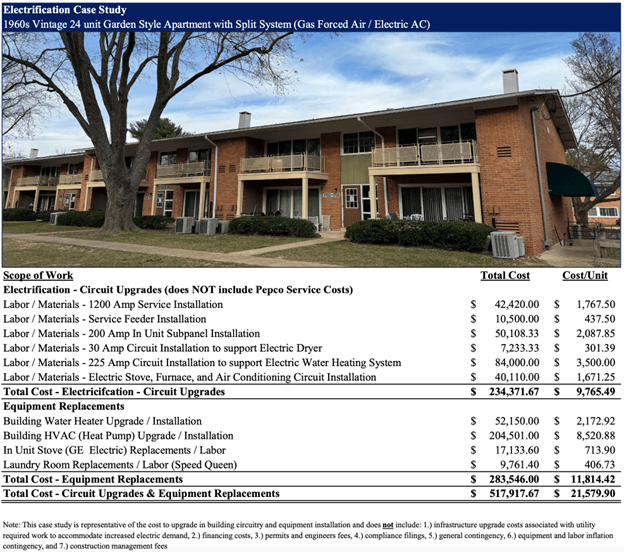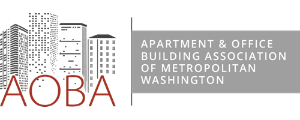Regulatory Mandates are Exacerbating Housing Challenges
Part IV of AOBA's six-part series examining the state of rental housing in Suburban Maryland. Click here to see parts I, II, and III.
The cumulative weight of multiple adverse housing policies adopted since the outset of the pandemic has strained the operation and upkeep of Suburban Maryland’s existing rental housing stock and driven away new housing investment. As outlined in Part 2 of this series, well-intended policies have actually produced harmful effects and even driven up housing costs for already struggling Maryland renters.
Even policies that impose relatively minor regulatory burdens add up to death by a thousand cuts for housing providers seeking to maintain and operate safe, quality communities. In addition to rent control, Montgomery and Prince George’s County housing providers carry the onus of:
- Building Energy Performance Standards (BEPS)
- Mandatory fire safety upgrades
- Security camera installation requirements
- Radon testing and mitigation requirements
- Service employee employment and retention rules
When aggregated, the costs of compliance are significant and are particularly acute for older, naturally occurring affordable communities.
Building Energy Performance Standards
AOBA and its members have produced multiple case studies showing the costs of BEPS compliance for local apartment communities. While costs will vary widely based on age and building systems, Building Energy Performance Standards may cost Suburban Maryland housing providers upwards of $28,300 per unit. (Note: This does not include heavy up costs – upgrades to a building’s electrical infrastructure that are required to handle increased demand at a particular property. Nor does it include other expenses that may be required to facilitate building system upgrades.)

Security Camera Requirements
Security camera installation and monitoring requirements cost some properties as much as $65,000 per year, with a per-unit cost of up to $275 per year.
Mandatory Fire Safety Upgrades
The Maryland General Assembly has formed a workgroup to identify and recommend best practices for high-rise residential buildings built prior to 1974. In spite of their charge to consider alternative approaches to fire and life safety, the group has focused its work almost exclusively on mandating the retrofit of these buildings with automatic sprinkler systems – a daunting proposition both logistically and financially.
A Jensen Hughes study of one affected property projected retrofitting the building with sprinklers would cost $9,826 per unit, requiring a pass-through rent increase of approximately $82 per month, or 4.1%
It All Adds Up
Remember, the folks who provide housing to our communities rely nearly exclusively on rent as a revenue source. Unlike other types of businesses, housing providers do not have the ability to balance expense increases with other revenue categories. New and increased costs, like those imposed by legislative and regulatory mandates, can only be managed through an increase in rent, a reduction in services to residents, or a deferral of planned capital investments.
These three items alone would necessitate increases in monthly rent of hundreds of dollars if passed through directly. For most properties – especially those serving lower levels of area median income (AMI) – the market will not support rent increases of such magnitude. This will force housing providers to make difficult decisions, such as delaying capital improvements, general property upkeep, and maintenance that is not required to maintain health and safety standards. For some, the economics of continuing to operate as naturally occurring affordable housing will no longer pencil out, leaving those owners to contemplate redevelopment or rehabilitation to reposition the building, resulting in a loss of overall affordable housing stock.
Like we’ve seen with rent control, this all adds up to upward pressure on rents and reduced investment in new housing supply; a contrary outcome to our stated housing affordability objectives.
